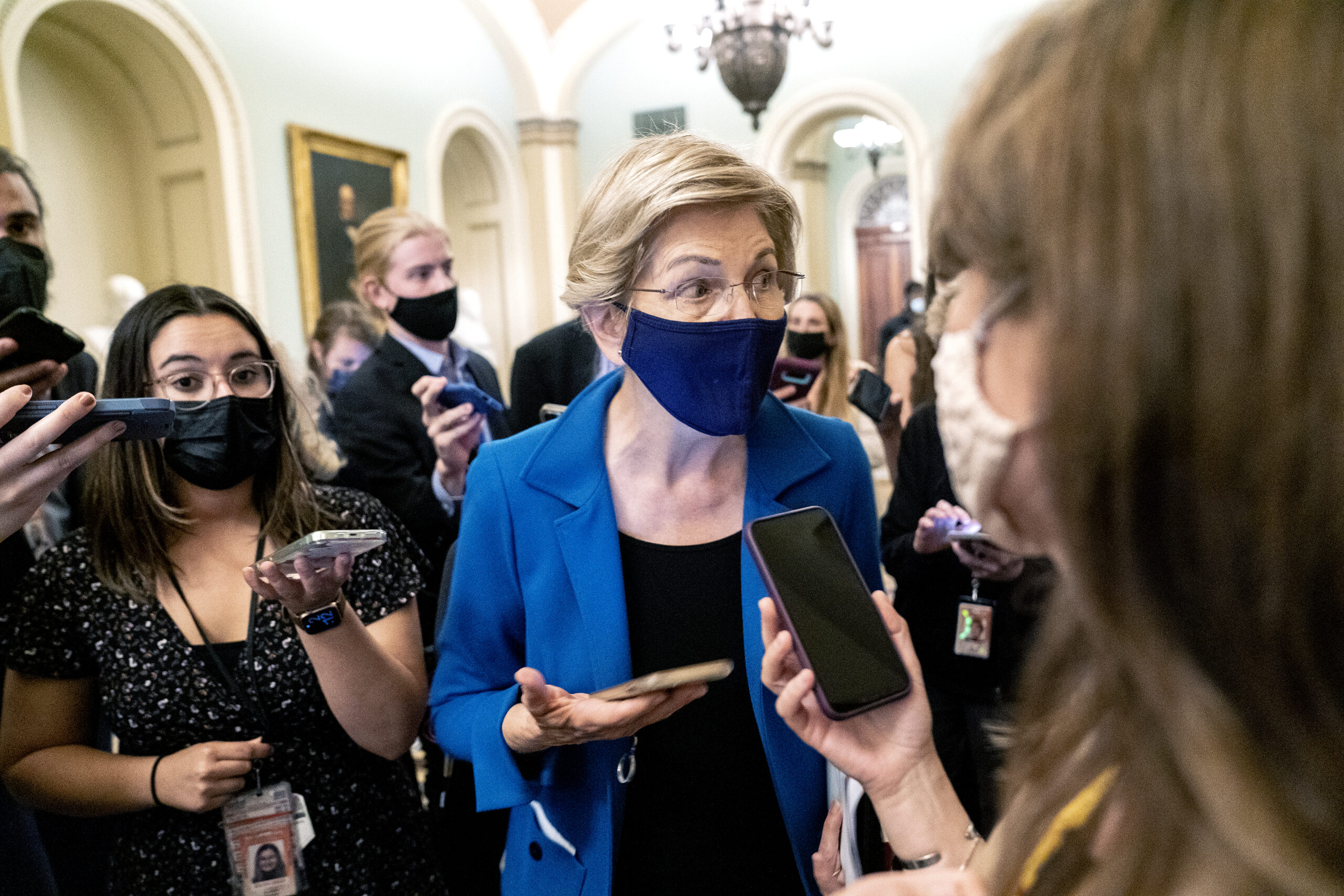Build Back Better Includes Funds for College Completion Programs
Writer
Writer

- Funds will go toward programs that can help increase graduation rates.
- Advocates hope this is a first step in continued investment in these programs.
- Only 62% of students complete their bachelor's degree within six years.
The Build Back Better Act would for the first time provide federal funds to address a major issue in higher education: low graduation rates.
President Joe Biden's domestic budget bill includes $500 million for states to invest in student retainment from enrollment through graduation.
This investment is a far cry from the $62 billion grant program the president had promised. However, advocates hope the funding will inspire future investment in programs to improve higher ed graduation rates.
Only 62% of first-time undergraduate students seeking a degree from a four-year university actually attain their bachelor's within six years at the school where they started, according to the National Center for Education Statistics (NCES).
Michelle Dimino, education senior policy advisor at think tank Third Way, said that statistic should not be downplayed because it shows there are major obstacles for thousands of Americans to complete their higher education.
"These rates have not changed over the past few years," she said. "It's a little better than a coin flip, which is a huge issue considering how much is needed in investment to attend school."
Though the $500 million allocation is less than originally promised, Dimino is optimistic. Considering this is the first time the federal government has dedicated funds to address this issue, she said it could be a major building block for continued improvement.
States Would Institute Evidenced-Based Reforms
If the funding is approved, states would apply for grants to use toward increasing graduation rates at its public universities and community colleges. As part of the application process, each state would have to detail what kinds of evidence-based reforms its universities will implement in order to improve student outcomes.
Here are some of the "evidence-based institutional reforms" the bill includes:
- Academic, career, and student support services, including mentoring and advising
- Assistance for students in applying for support services and/or means-tested federal benefits
- Emergency financial aid
- Accelerated learning opportunities
- Career pathway programs of study
- Improved transfer pathways between community colleges and four-year institutions
The state must also set a benchmark goal and track progress toward attaining that goal.
Tracking progress is a major component of the College Completion Fund. Dimino said $10 million is being allocated to analyze results from some of the reforms that will be instituted. This data could better help with future programs and initiatives aimed at improving graduation rates, she added.
The Build Back Better plan also says that the federal government will give priority to states that apply for these grants with the aim to increase completion rates among students of color, low-income students, and other underserved student populations.
What Works in Improving Graduation Rates?
College completion is now making its way into the national conversation. However, in some areas of the country, it's been an issue institutions have been trying to solve for over a decade.
The City University of New York (CUNY) launched a pilot program in 2007 with the lofty goal of graduating at least 50% of students from its two-year community college system within three years.
“Accelerated Study in Associate Programs (ASAP) is serving its 15th cohort of students. Over that time period, the program has established itself as a shining example of how to address the college retention issue”
— Christine Brongniart, Executive Director of Accelerated Study in Associate Programs (ASAP)
Now, Accelerated Study in Associate Programs (ASAP) is serving its 15th cohort of students, executive director Christine Brongniart told BestColleges. Over that time period, the program has established itself as a shining example of how to address the college retention issue, Dimino said.
The program's most recent average three-year associate degree graduation rate across 10 cohorts is 52%. According to the NCES, the national rate for students who started school in 2017 was around 31%.
ASAP's success is due to many different factors. However, one component sets it apart, Brongniart said: high-touch advising.
Each ASAP student is assigned one academic advisor, she explained.
"That's the advisor that works with them from the minute they step foot on campus to the minute they graduate," she said.
It gives students a one-stop destination whenever they have issues or questions, which lowers the likelihood they'll drop out due to procedural obstacles.
Another important facet of ASAP is its ability to cover costs for students, Brongniart said. ASAP provides enrollees with New York City Transit MetroCards and helps pay for textbooks.
Dimino agreed that expenses are a common reason that students drop out of pursuing a degree. It's why low-income students are less likely to finish a degree. Emergency financial aid, which is one suggestion in the Build Back Better Act, oftentimes helps students get across the finish line, she said.
Brongniart said as institutions across the country now push to increase graduation rates, she hopes CUNY ASAP can serve as a model for the nation. ASAP's success has already been replicated in Ohio, and additional partnerships are underway in West Virginia, Tennessee, and California.
ASAP isn't the only initiative, however, aimed at increasing graduation rates. Degrees When Due, a project from the Institute for Higher Education Policy, is another program with recent success stories. One Million Degrees in Illinois and Stay the Course in Texas have made strides on smaller scales.
Latest News
Related Stories
Featured Stories
Latest Analysis
College Accreditation Is Changing. Here’s What Students Need To Know.

11 Red States Are Suing to Block Biden's SAVE Loan Repayment Plan. Here's What Borrowers Need to Know.

Here's Where the 2024 Presidential Candidates Stand on Higher Education

College Admissions, Student Diversity, and Campus Culture 50 Years Ago












